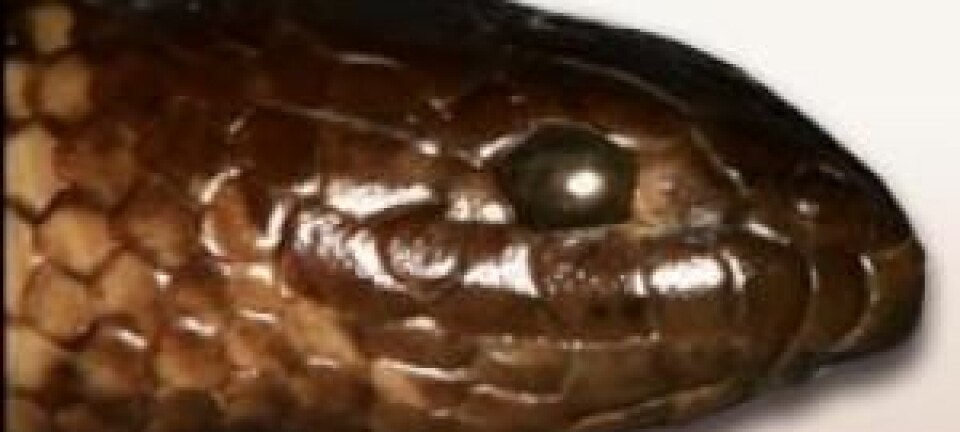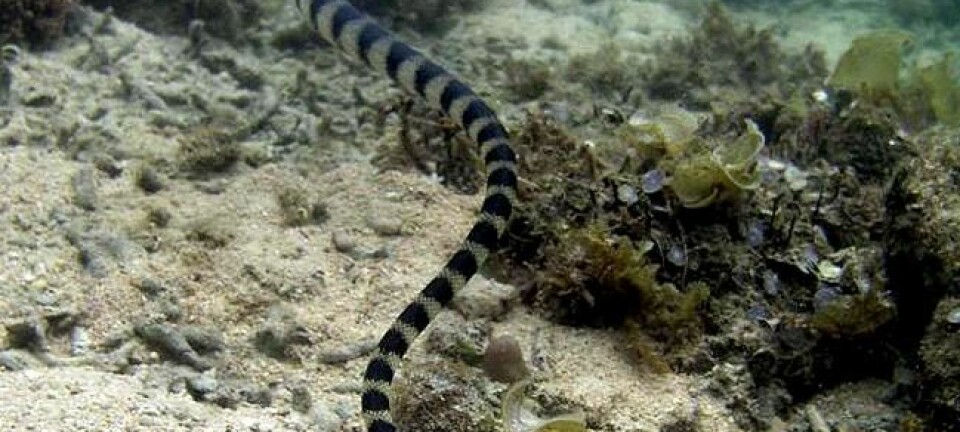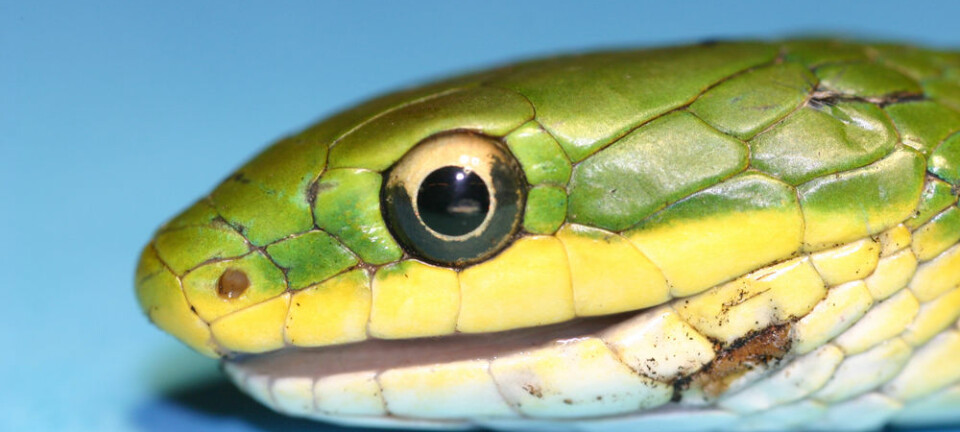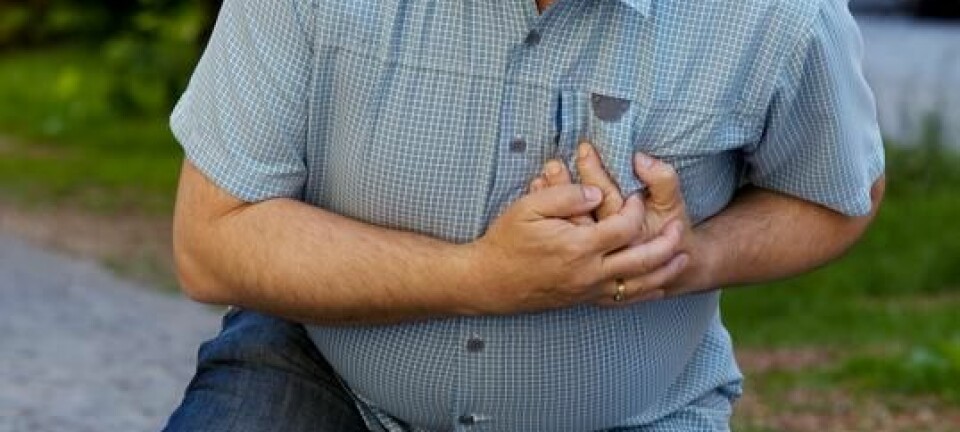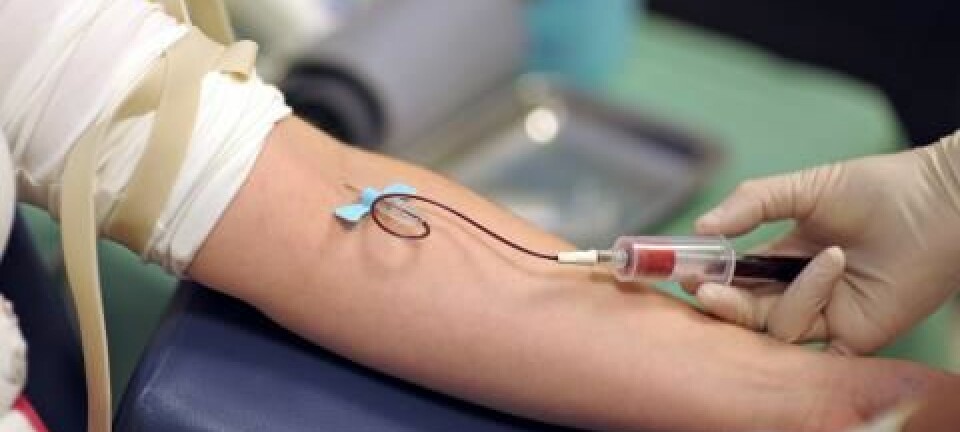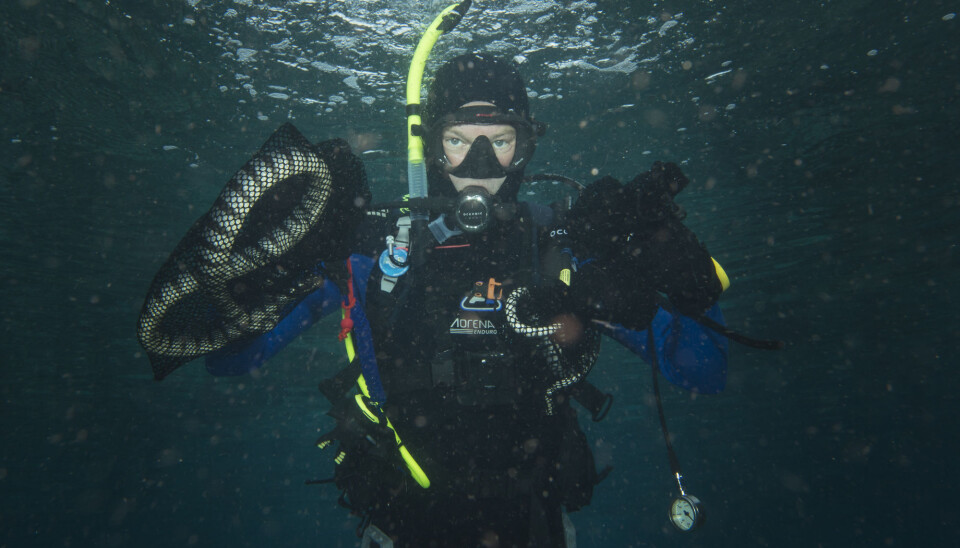
Danish biologist catches sea snakes with his bare hands
Thanks to a fearless Danish scientist we now know more about the many species of venomous sea snakes.
These days, Australian sea snakes are facing a considerable risk of ending up in the hands of Danish biologist Arne Redsted Rasmussen.
He has spent the past 30 years of his career studying sea snakes, but this time conventional research wasn’t enough.
Instead, Rasmussen went swimming with the venomous reptiles to catch them with his bare hands, lugging them up into a boat, holding them by the neck, to try and find out which species they belong to while they squirm, snapping at him.
“The snakes are among the world's most venomous animals and they really don't like being dragged out of the water,” says Rasmussen. “So it's a matter of holding tight when you examine them.”
When he’s not snake hunting, Rasmussen is a lecturer at the School of Conservation at the Royal Danish Academy of Fine Arts, Schools of Architecture, Design and Conservation.
Australia is packed with snakes
Rasmussen’s previous sea snake expeditions have taken him as far as Indonesia and Vietnam, but for the past few years his research has focused on the Australian waters.
Here, in collaboration with local colleagues, he has helped describing which species of sea snakes live in Australian waters.
“Australia has more poisonous snakes on land than in the other placed in the world,” says Rasmussen. “If that wasn't scary enough, we’ve now been able to document that this also holds true for sea species.”
Study could save lives
The group of scientists collected a total of 29 different species of sea snake on their trips -- of which three have never previously been described.
In order to determine which species the snakes they caught belong to, the scientists had to cut off a tiny piece of their tails and send it in for DNA analysis.
They also studied and described every single detail of the sea snakes' bodies so as to be able to identify in future which species any Australian sea snake belongs to. The researchers' painstaking work may ultimately save lives, according to Redsted Rasmussen.
“Identifying poisonous animals is of the utmost importance if we are to have serum from the very species someone has been bitten by,” says Rasmussen.
Without knowledge of the snake’s venom, it’s impossible to develop high-efficiency serums, he says.
“So it's extremely important to know all the species in a given area,” says Rasmussen.
For his hard efforts, he was given the privilege of naming the newly discovered species.
"I gave it the name 'Labootei', after the underwater photographer who found the snake and gave it to us," says Rasmussen.
---------------
Read the original story in Danish on Videnskab.dk
Translated by: Hugh Matthews
